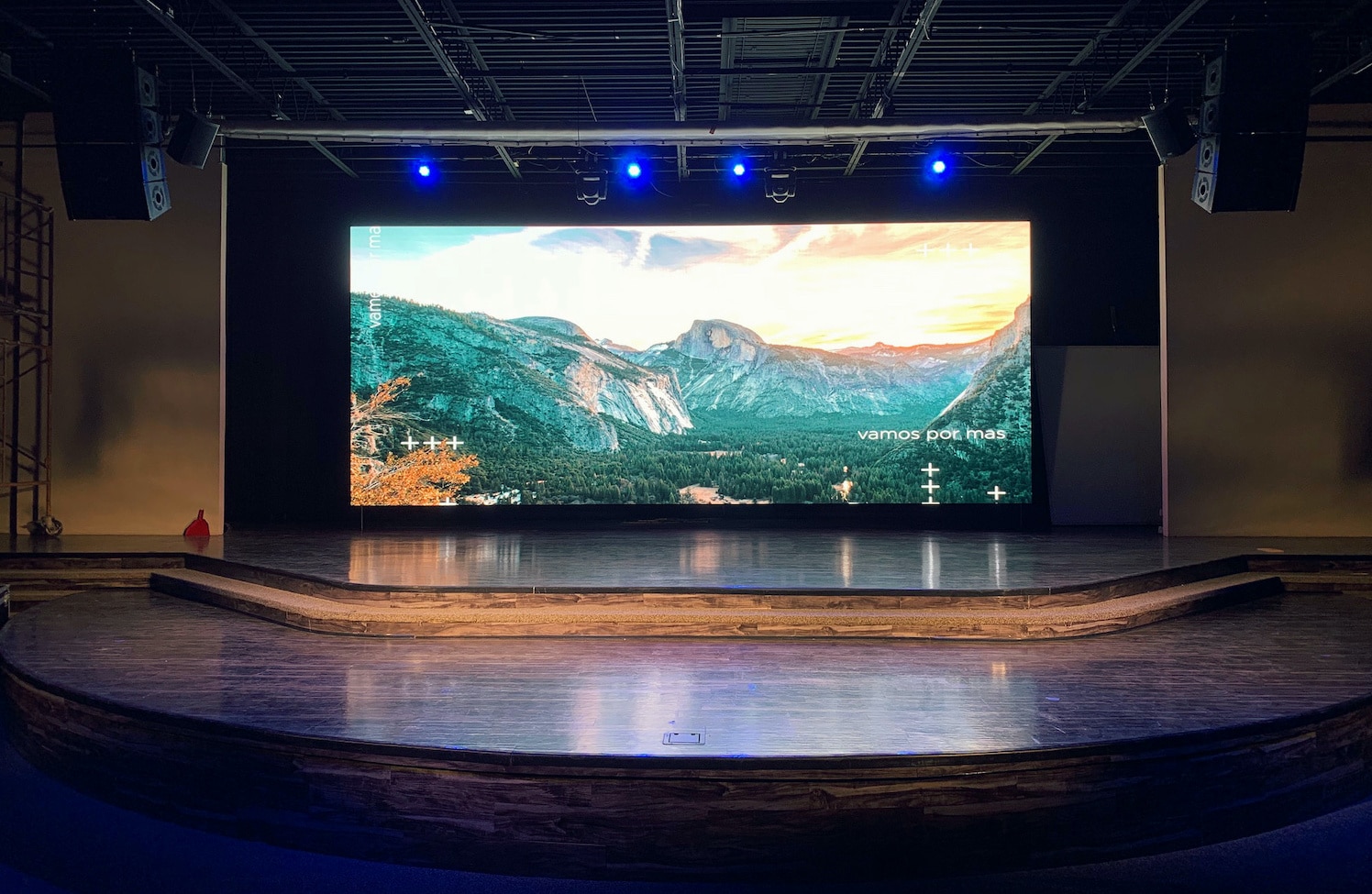Grasping the Effect of Contrast Values on Image Sharpness and Audience Awareness
Wiki Article
Contrast ratios are an important principle in graphic composition and individual perception. They refer to the variation in luminance between the brightest and deepest parts of a graphical interface. A greater contrast level means that there is a greater differentiation between bright and dim areas, which can substantially affect how clearly we see images, content, and other graphical components. This is particularly vital when considering how people with different visual capabilities perceive information. Understanding contrast ratios helps designers create more accessible interfaces, whether for webpages, promotions, or instructional materials.

The significance of brightness levels can be seen in various applications, such as televisions, desktop screens, and smartphones. In these devices, a elevated brightness ratio allows for crisper visuals and more legible text. For instance, when watching a film or engaging in video games, high contrast can improve the user engagement by making details more distinct. This is also true for reading typography on displays; a strong contrast between the font hue and backdrop tone can prevent eye strain and improve clarity. As users interact with digital content daily, creators must emphasize ideal this content visual balance ratios to ensure comfort and legibility.
Various user groups may experience visual contrast levels in distinct ways. For people with visual impairments, such as color blindness or reduced vision, sufficient visual separation is essential for comprehending content presented graphically. Content creators must account for these variations when creating content. Tools like color contrast checkers can assist read this article evaluate whether the selected colors provide enough separation for all viewers. By ensuring proper contrast ratios, designers not only render their output accessible but also demonstrate inclusivity in their creations.
In relation to inclusivity factors, contrast ratios play a crucial role in aesthetic appeal and overall UX. A thoughtfully crafted layout applies palette choices that not only draw attention but also guide users through content effectively. For instance, highlighting important buttons or elements with distinct colors helps users navigate easily. When viewers are able to differentiate between varied components on a display, they are more likely to interact with the material and complete tasks effectively.
Ultimately, as technology continues to evolve, the importance of understanding contrast ratios remains relevant. Advancements in screen technology offer possibilities for even enhanced image sharpness. However, without thoughtful attention of how contrast influences user interpretation, developments may not reach their full potential. Designers and developers must stay informed about best practices related to visual contrast to guarantee that their work remains effective and user-friendly across various platforms and devices. By prioritizing these guidelines, they can enhance communication and create a more accessible online environment.